Exploring the Phenomenon of Japan’s Empty Houses

Japan’s empty houses have been making headlines in recent years, as the country struggles to deal with a rapidly aging population and a declining birth rate. In 2018, a report from Japan’s Ministry of Internal Affairs and Communications said that there were about 8.49 million empty houses in Japan. This was 13.6% of all the houses in the country. There are a few reasons why this is happening. Some of these reasons are changes in how families are made up, more people moving to cities, and changes in the economy.
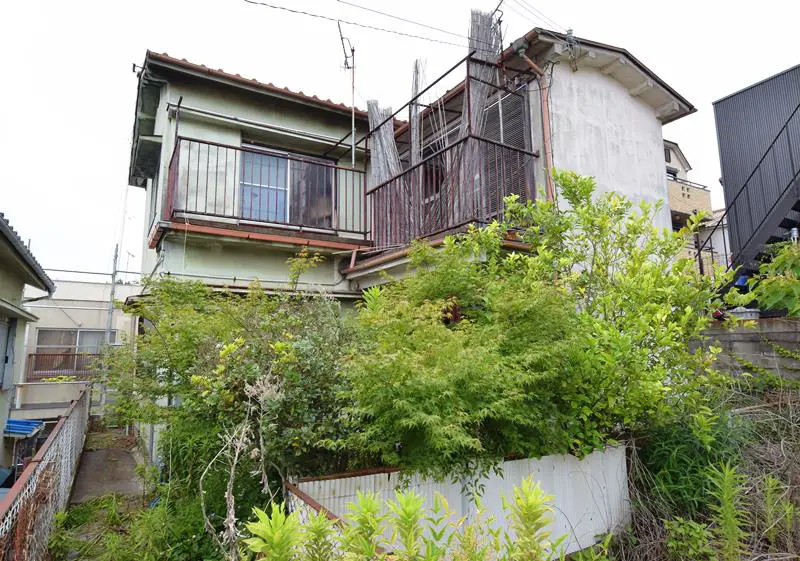
The Rise of Akiya: Understanding Japan’s Empty Houses
In Japan, there are many houses that no one lives in. These houses are called “akiya”. The word “akiya” means “empty house” in Japanese. Now, you might wonder why there are so many empty houses in Japan. Well, it’s because many people are moving from the countryside to the cities for work and study. This is leaving a lot of houses in the countryside empty.
Over time, the number of these empty houses has increased. In fact, in 2023, there were 9 million akiya in Japan. That’s about 14% of all the houses in Japan! This is a big problem for Japan because these empty houses can become run-down and unsafe.
But, there’s some good news. The Japanese government has started a program called “akiya banks”. These “banks” are actually websites that help people who want to live in these houses find them. This is helping to fill up some of these empty houses and bring life back to the countryside. So, while the rise of akiya is a problem, it’s also creating opportunities for people to find affordable homes.
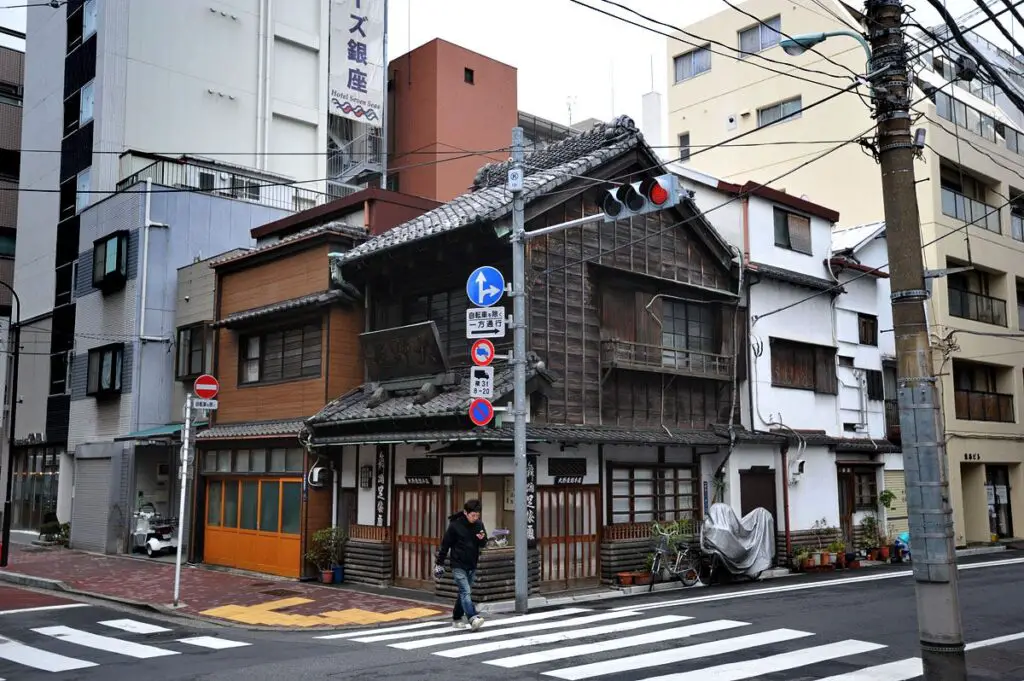
Factors Contributing to the Increase in Akiya
First, Japan’s population is getting older. This means there are more old people and fewer young people. As people get older, they often move out of their homes and into places where they can get help, like nursing homes. This leaves their houses empty.
Second, many young people in Japan are moving to big cities like Tokyo. They go there for jobs or to study. This means they leave their homes in the countryside, which then become akiya.
Lastly, not as many babies are being born in Japan. This means there are fewer people to live in the houses, so more houses are becoming akiya.
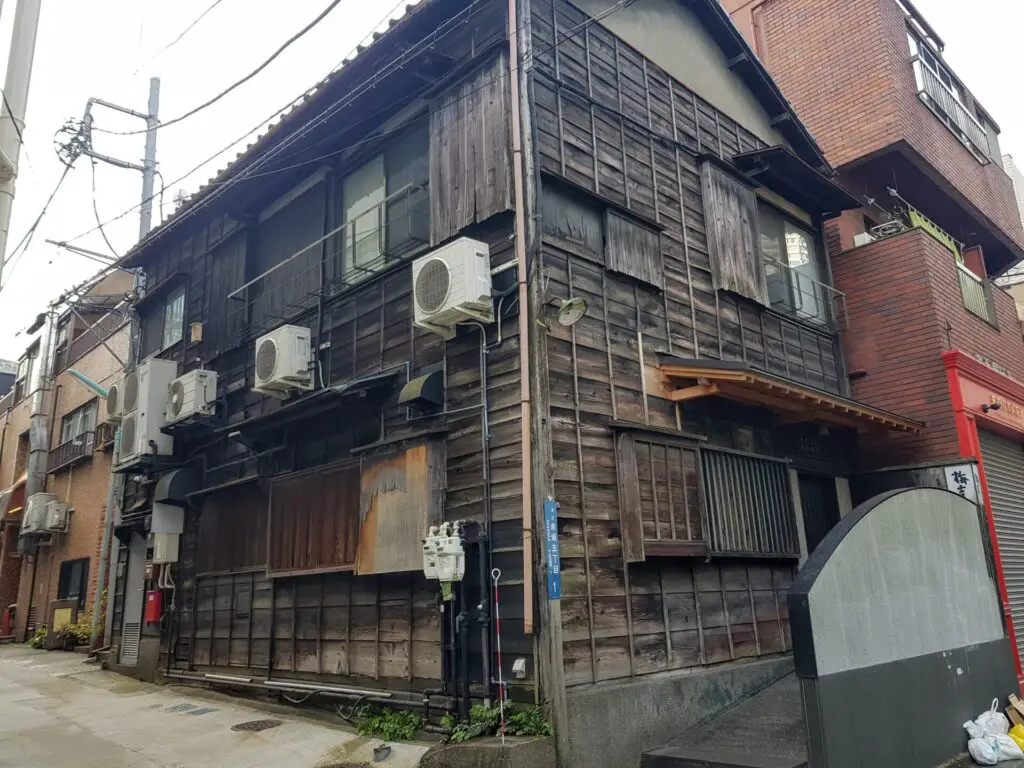
Economic Implications of Empty Houses
Empty houses in Japan, known as “akiya”, have a big impact on the economy. First, let’s talk about property values. When there are a lot of empty houses in an area, the value of all the houses, even the ones people live in, can go down. This is because empty houses can become old and unsafe, which makes the whole area less attractive.
Next, there are the costs of keeping these houses safe and in good condition. This can be expensive. Sometimes, local governments have to pay for this. They might have to fix up the houses or even tear them down if they become too dangerous.
Finally, empty houses can hurt local economies. When houses are empty, no one is paying for things like electricity or water. No one is shopping at local stores or eating at local restaurants. This means less money for these businesses and less tax money for the government.
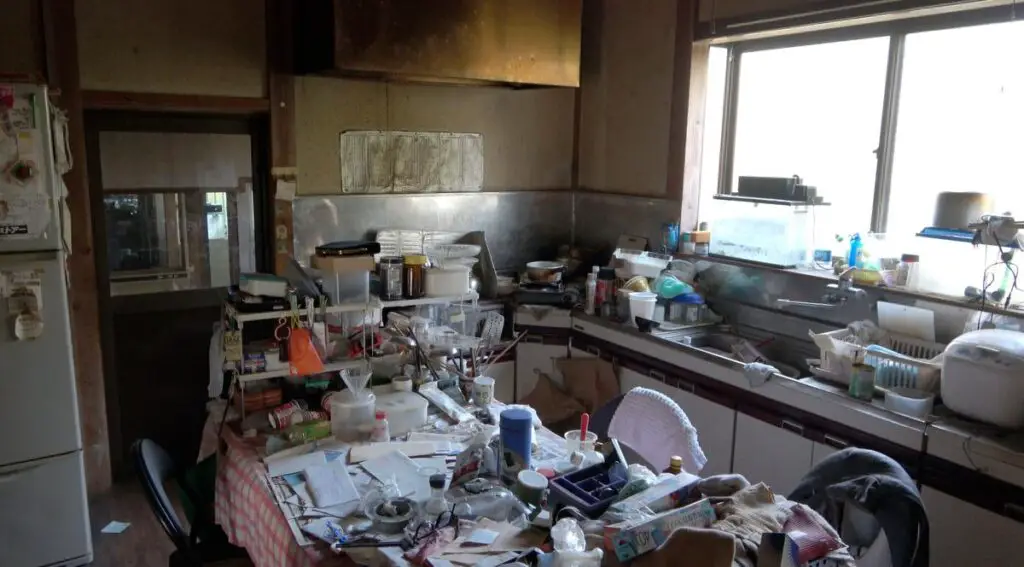
Cultural and Social Aspects
Well, it’s because of changes in families and what people want in a home.
First, let’s talk about families. In the past, many families in Japan were big, with grandparents, parents, and kids all living together. But now, families are getting smaller. This means fewer people are living in each house, and some houses are left empty.
Next, let’s talk about what people want in a home. Many young people in Japan now prefer to live in cities. They like being close to jobs, schools, and fun things to do. So, they leave their homes in the countryside, which then become akiya.
Also, old houses in Japan, like akiya, are a part of Japan’s rich history and culture. They show the craftsmanship and design principles that have shaped Japanese culture. But as more people move to the cities, these old houses are often left empty.
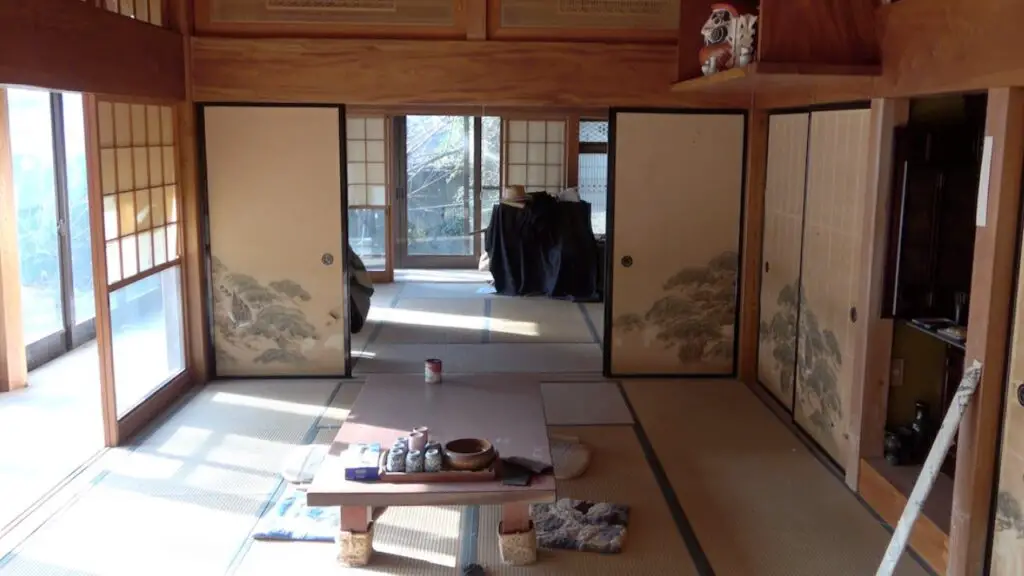
Government and Local Initiatives
The Japanese government is working hard to solve the problem of empty houses. They have made a new law called the “Akiya Law”. This law helps to manage, remove, and use akiya. For example, mayors can now say which akiya are not being looked after properly. If the owners don’t fix them up, they might have to pay more taxes.
Local governments are also helping out. They are giving money, tax breaks, and low-interest loans to people who want to fix up and live in or rent out these houses. Some cities and towns even have special programs to help people buy akiya.
There have been some success stories, but also some challenges. For example, some people have been able to turn akiya into beautiful homes or businesses. But, it’s not always easy. Sometimes, it can be hard to find the right house, or the cost of fixing it up can be high. But, people are hopeful that these efforts will help bring life back to these empty houses.
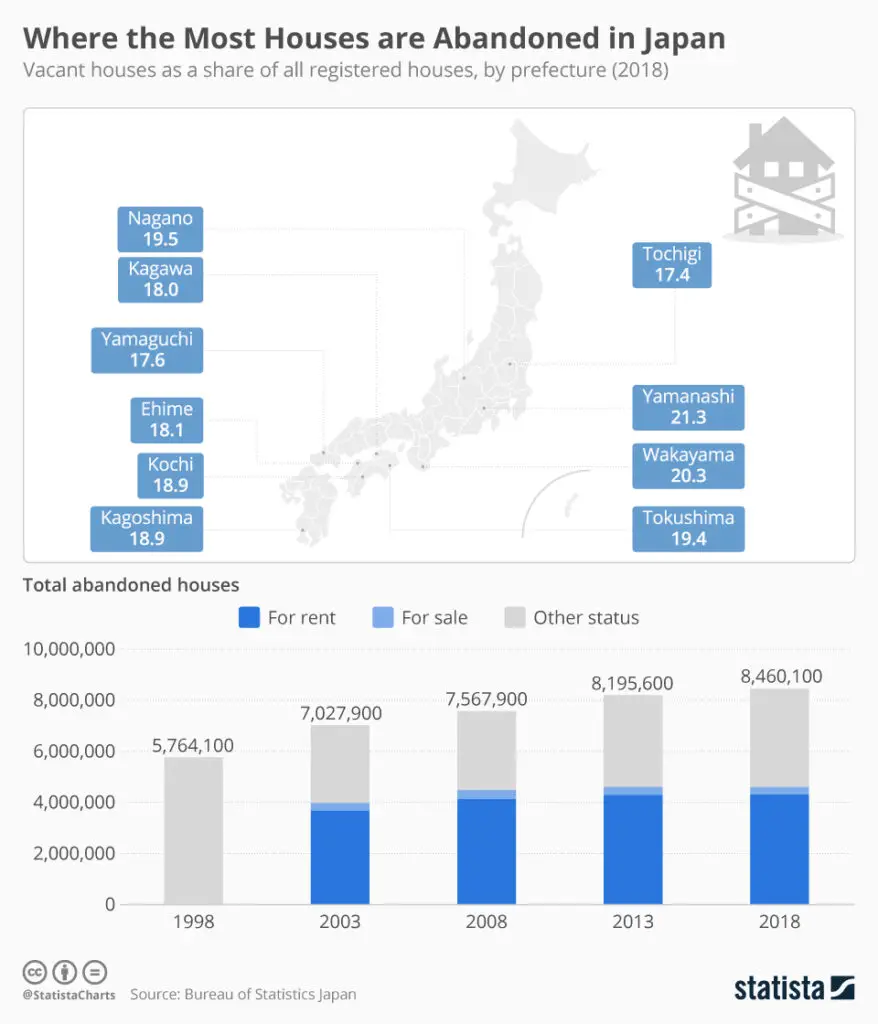
Akiya Banks: A Novel Approach
In Japan, there’s a cool thing called “akiya banks”. Despite the name, they’re not actually banks! Akiya banks are like online libraries of empty houses, known as “akiya”. They are often run by local governments. People who have empty houses can list them on these akiya banks, and people who want to buy or rent a house can search for one that they like.
Akiya banks are really helpful in many ways. For starters, they’re budget-friendly. The houses listed are often cheaper, which is great for people who don’t want to spend a lot of money. Plus, many of these houses are traditional Japanese houses, which are beautiful and full of history. And the best part? Some cities even offer money to help people buy and fix up these houses!
But, akiya banks also have some limitations. Not all areas in Japan have akiya banks, so options might be limited. Also, the information about the houses is often incomplete, and the pictures are not always good. So, while akiya banks are a great idea, there are still some things that could be improved.
The Role of Technology in Addressing Akiya
Technology is playing a big role in dealing with the problem of empty houses, or “akiya”, in Japan. One way is through digital platforms and real estate apps. These are like online libraries of akiya. People who have akiya can list them on these platforms, and people who want to buy or rent a house can find one that they like. Some of these platforms are called “akiya banks”. They are often run by local governments and make it easier for people to find and access these properties.
Another way technology is helping is through smart home technology. This includes things like smart thermostats and lighting systems. These can make a house more comfortable and also help save energy. This is especially useful for akiya, which are often old and may not be very energy efficient.
Community Revitalization Efforts
In Japan, people are working together to bring life back to empty houses, known as “akiya”. There are many stories of success. For example, some people have turned akiya into beautiful homes or even small businesses. They often use traditional building and design techniques, which helps to keep the classic elements of Japanese architecture alive.
Community engagement, which means getting everyone involved, is a big part of these efforts. It’s important that everyone’s voices are heard and valued. When local residents help with planning and doing the work, it makes them feel like they are a part of the future of their community.
However, revitalizing akiya is not always easy. It can be hard to find the right house, or the cost of fixing it up can be high. But, with everyone working together, many believe that these efforts will help bring life back to these empty houses.
Potential for Foreign Investment
These houses can be a great opportunity for people from other countries to buy a home in Japan. There are even special websites, called “akiya banks”, that help people from other countries find these houses.
Buying a house in another country can be tricky, but in Japan, it’s pretty straightforward. Both Japanese people and people from other countries follow the same rules when buying a house. And unlike some other countries, in Japan, you can own the land your house is on.
But, there are some things to think about. For example, you’ll need to make sure the person selling the house really owns it. And after you buy the house, you’ll need to change the registration into your name.
Challenges in Dealing with Akiya
First, let’s talk about the legal issues. The Japanese government has a law called the “Akiya Law”. This law helps manage, remove, and use akiya. But, it can be hard to find out who owns an akiya. Sometimes, the owner has passed away and didn’t leave any information about who should get the house. This can make it difficult to buy or sell an akiya.
Next, let’s talk about the financial issues. Buying an akiya can be cheaper than buying other houses. But, fixing up an old house can be expensive. Also, not all areas in Japan have programs to help people buy and fix up akiya. So, even though buying an akiya can be a great opportunity, it’s important to understand the challenges
Future Projections
Experts expect the number of empty houses, or “akiya,” in Japan to keep growing in the future. Some experts predict that by 2033, there could be as many as 21.5 million akiya. That’s a lot of empty houses! But don’t worry, people are coming up with solutions to this problem.
One solution is the “Akiya Law”. This law helps manage, remove, and use akiya. They are updating it to make it easier to deal with akiya. For example, it will be easier to find out who owns an akiya and to change the registration into a new owner’s name.
Another solution is using technology. Digital platforms and real estate apps are making it easier for people to find and buy akiya. And smart home technology is making these houses better places to live.
Epilogue
The Japanese government has made a new law to help manage akiya. They’re also using technology, like digital platforms and smart home technology, to make it easier to find and buy these houses. And, they’re encouraging people from other countries to buy akiya.
But, there are still challenges. It can be hard to find out who owns an akiya, and fixing up an old house can be expensive. Despite these challenges, many believe that these efforts will help bring life back to these empty houses.
So, while experts expect the number of akiya in Japan to grow, people remain hopeful. With everyone working together, we can bring life back to these empty houses and shape the future of Japan.




